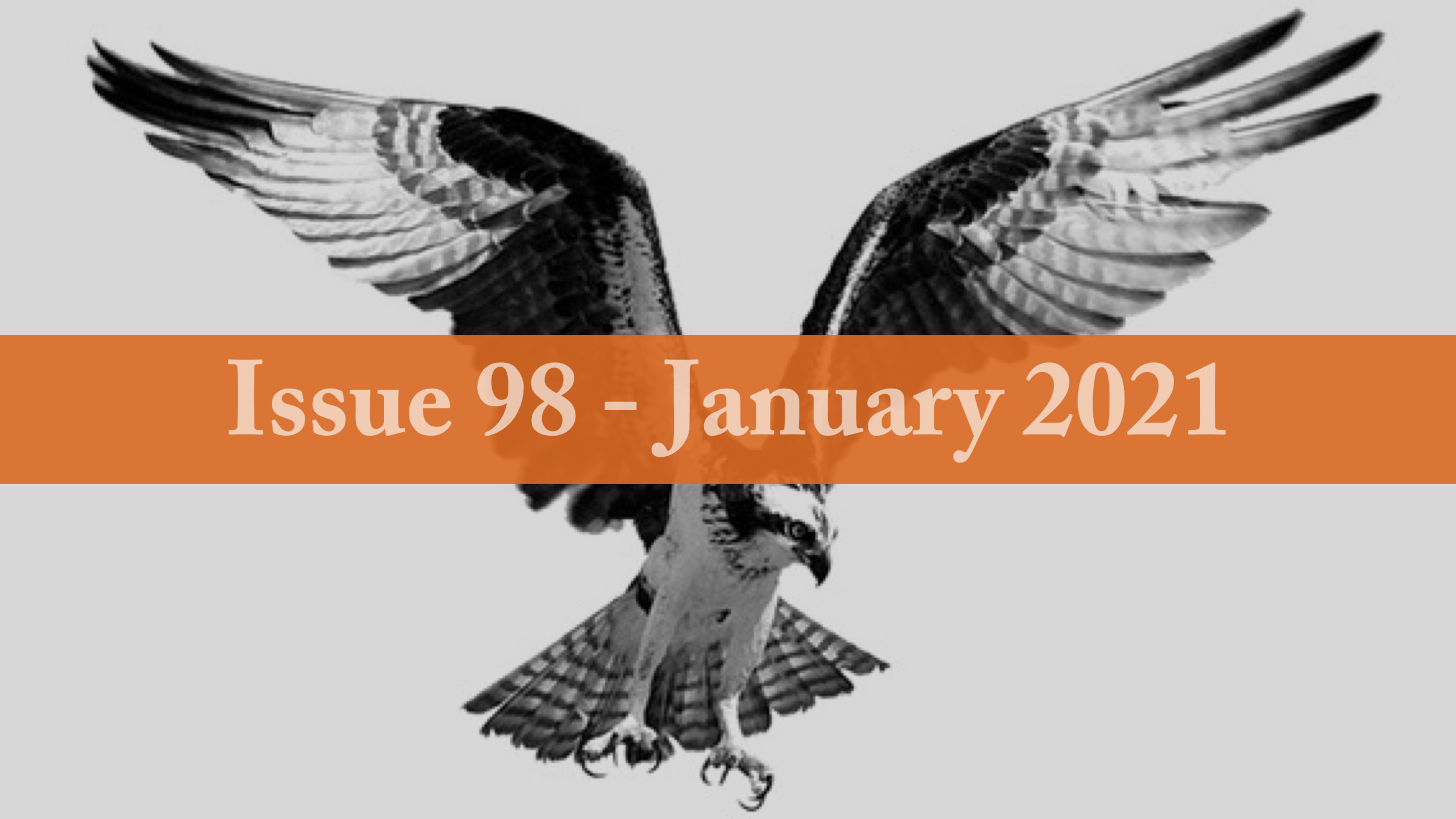The Osprey: Historic Decision Ends Atlantic Salmon Farming in Waters of BC’s Discovery Islands
With an official announcement on November 17, 2020, it appears that after decades of planning, complex negotiations and unanticipated setbacks, the removal of the four lower dams on the Klamath River — a longtime goal of wild fish advocates — is at the cusp of becoming reality.
That announcement detailed a Memorandum of Agreement that has been signed by the states of California and Oregon, the Karuk and Yurok tribes, PacifiCorp and the Klamath River Renewal Corporation (KRCC) to push for- ward on the dam removal process, opening up 400 miles of habitat currently inaccessible to salmon, steelhead and other fish species.
The agreement among the parties includes:
Jointly ask the Federal Energy Regulatory Commission (FERC) to remove PacifiCorp from the license for the project and add California, Oregon and KRRC as co-licensees for carrying out dam removal. Adding the states as co- licensees provides assurances that the project will have sufficient financial backing while honoring settlement terms that stipulate PacifiCorp would not be a co-licensee for removal.
ALSO IN THIS ISSUE
• OREGON’S HOOD RIVER POST-DAM RECOVERY
• RESTORING PUGET SOUND WILD STEELHEAD
• SALMON FARM IMPACTS ON FORAGE FISH
• PROTECTING WESTERN WASHINGTON WILD WINTER STEELHEAD
Demonstrate their firm commitment to dam removal.
Agree to nearly double available contingency funds held by KRRC and con- tractors and, in the unlikely event that additional funds are needed beyond that, Oregon, California and PacifiCorp will share the costs equally to address FERC’s requirement to ensure full funding for the project.
Confirm that the KRRC will remain the dam removal entity for the project.
Plan to navigate the final regulatory approvals necessary to
allow the project to begin in 2022 with dam removal in 2023. Site remediation and restoration will continue beyond 2023.Retain the liability protections for PacifiCorp’s customers established in the Klamath Hydroelectric Settlement Agreement.
The four dams in question — Iron Gate, COPCO 1, COPCO 2 and JC Boyle — were built in between 1912 and 1964 primarily to provide hydropower and were constructed without fish ladders, which blocked upstream spawning and rearing habitat for the river’s large historical runs of salmon and steelhead.
Assuming no more bureaucratic hitches, wild fish advocates long-held dream of taking out those dams may begin as early as next year.


